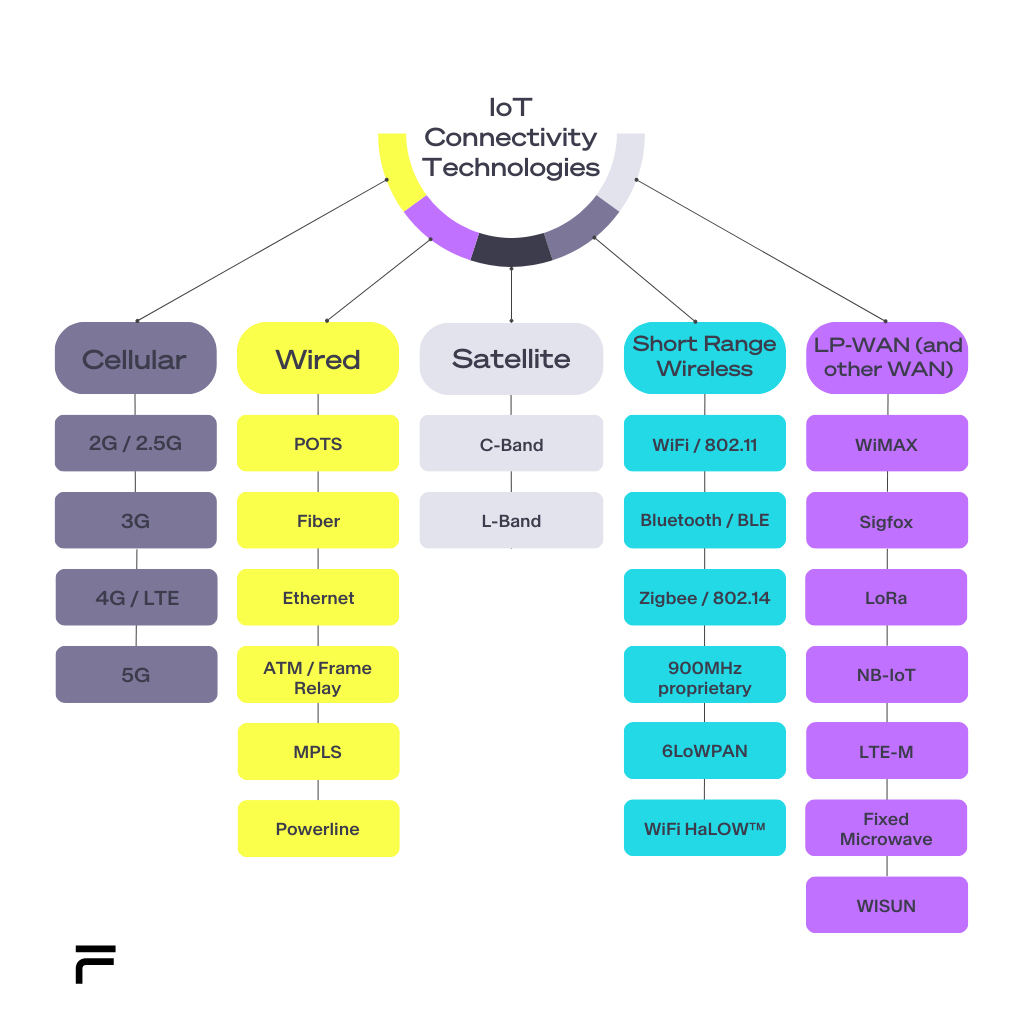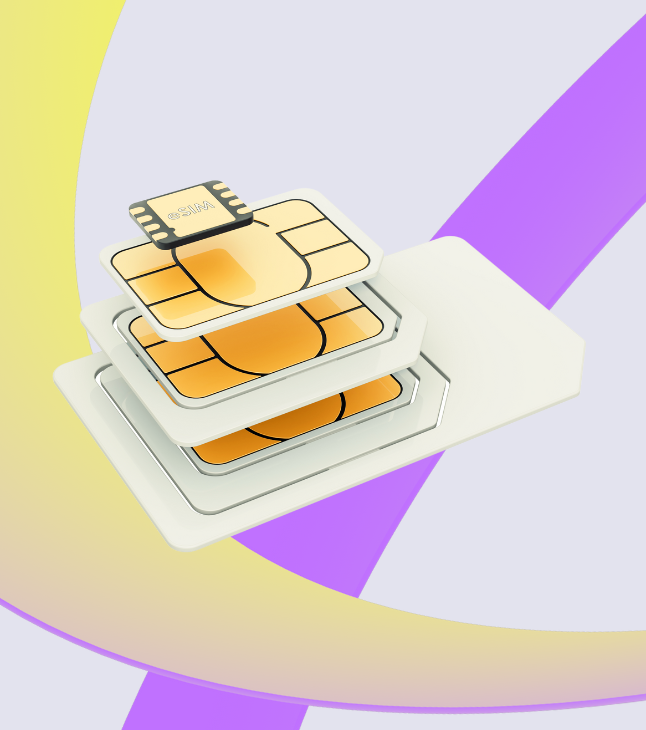Are you looking for new ways to transform your business with Cellular IoT Solutions?
The abundant innovation in IoT device developments has led to a wider range of options for internet connectivity. To say that we live in an-all connected world at this point would be an understatement.
One of the most common ways to connect to the Internet is by using the existing cellular infrastructure that already connects our mobile phones to the Internet.
Navigating the Landscape of IoT Connectivity: A Deep Dive into Cellular
In the realm of IoT connectivity, Cellular IoT has emerged as a transformative force, revolutionizing the way devices communicate and share data in the digital age. Cellular IoT connectivity has become the backbone of numerous applications across industries, from smart cities and agriculture to healthcare and logistics. Understanding the dynamics and advantages of Cellular IoT connectivity is crucial for businesses looking to leverage the full potential of the Internet of Things.
What is Cellular Network?
A cellular network is a wireless radio communication network spread across the surface through the base and mobile stations. These towers can cover geographic regions to provide mobile phone connectivity. They allow mobile phones to transmit information, communicate, and access the internet.
Everything you need to know about IoT SIMs
What is Cellular IoT?
Cellular IoT is a class of IoT Connectivity Technology that allows IoT devices to connect to the internet using the same network infrastructure as mobile phones. The growth of the latest connectivity provisions, such as 5G, has allowed cellular IoT to be a considerable choice for large-scale IoT deployments.
There is an extensive amount of types of connectivity when it comes to IoT Connectivity Technologies- which we list down below. But, what you need to know is that technologies such as 5G, LTE Cat M1, and NB-IoT are some trending examples of them.

How does Cellular IoT work?
The working of cellular networks includes significant sophistication in terms of antennas, hardware, radio waves, modulation, and many other areas. However, we can breakdown the working of cellular IoT networks into three of their main components: IoT SIM card, chipset/modules, and frequency bands:
- IoT SIM Cards
IoT SIM cards play a fundamental role in allowing a device to leverage cellular IoT networks. M2M or IoT SIM cards can generally connect to multiple networks, unlike traditional SIM cards that only connect to one network. This is due to the fact that in IoT, roaming is a more important factor than in your private or business phone connection.
Especially with an IoT/M2M SIM card like Freeeway’s, users get adaptability in terms of common pool data for multiple SIM cards or individual SIM data with over-usage flexibility. It is vital to have the right coverage, pricing model, and SIM card for cellular IoT.
- Chipsets / Modems
Depending on the implementation of the solution, you need the right hardware design counterpart. For example, if you design your hardware, you might use cellular chipsets or ready cellular modules.
- Frequency Band
Cellular networks use the radio frequency band from 800MHz to 5GHz for different technologies, including 2G, 3G, and 4G. The last one to hit the market, 5G, operates on higher frequency bands. Lower frequency bands are often preferred for IoT that needs to target longer ranges or deep indoor coverage. NB-IoT and LTE Cat M1 support hardware that works predominantly in low-frequency bands.
All these three aspects add up to a successful cellular IoT solution as an IoT device must comply with the country’s compliances, SIM card carrier coverage, the right frequency band, and choosing the modem or chipset accordingly.
Unleashing the Power of Cellular IoT Connectivity in the Digital Era
Cellular IoT connectivity offers a range of benefits that make it a preferred choice for diverse IoT applications. With its wide coverage area and reliability, Cellular IoT ensures that devices stay connected even in remote or challenging environments. This widespread coverage, coupled with low power consumption options like LTE-M and NB-IoT, enables energy-efficient and cost-effective connectivity for a multitude of devices. Moreover, the scalability of Cellular IoT connectivity allows businesses to easily expand their IoT networks as their requirements evolve, making it a future-proof solution for long-term growth and success.
Why choose Freeeway for IoT Solutions?
At Freeeway you will find a wide range of global IoT SIM cards. Whether you produce a large-scale industrial IoT solution or a mobility solution for consumer use cases, Freeeway is the right choice.
As an Austrian-based and internationally positioned company, Freeeway provides IoT connectivity with 2G, 3G, 4G, 5G, LTE-M, and NB-IoT SIMs. In cooperation with our international mobile network partners and our in-house developed Connectivity Management Platform, we expand Freeeway’s IoT global coverage with a growing number of networks. Fill out the contact form below, and we will take care of your cellular IoT needs.
Elevating Your IoT Strategy: Harnessing the Potential of Cellular IoT Connectivity
When crafting your IoT strategy, Cellular IoT connectivity should undoubtedly be a core consideration. Its versatility, reliability, and global reach make it an ideal choice for a wide array of applications. Embracing Cellular IoT connectivity empowers businesses to drive innovation, enhance operational efficiency, and gain a competitive edge in the rapidly evolving IoT landscape. As the digital era continues to unfold, Cellular IoT connectivity remains a catalyst for transformation, paving the way for a connected world filled with limitless possibilities.





